I’m at Dry River on an afternoon visit as part of the ‘Pinot Day’ weekend extravganaza. On our side there’s John Ingles, Gabor Sarescky and Curt Thomas – and we’re talking with Wilco Lam, the winemaker, and Sam Rouse his assistant, from the winery. It’s been over a year since any of us has visited – so there are a bunch of whites that we haven’t seen before.
The year in between has been great in Martinborough. They had a few frosts but nothing significant. And this year looks like it is going to be a pretty similar vintage. It has been slightly warmer in the evening this year – more nights over ten. Also showing quite a bit of heat early on, so the heat build up post-flowering was similar. First we get to see some whites from 2020 first. The riesling is Craighall. In 2020 they still had Block 5, so there was two parts – Craighall Block 5 and 6. We want to know if all the rieslings that are made come from the same vineyard – including their Late Harvest. The 2020 riesling is beautifully aromatic, with something like a honey flavour to it.
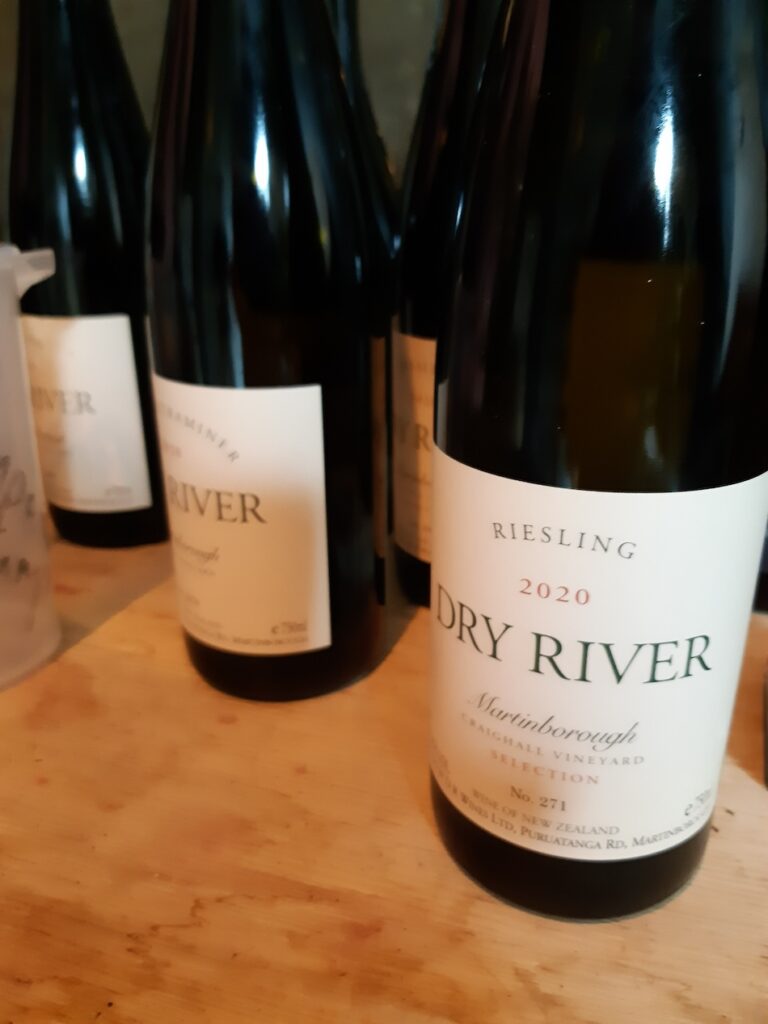
Wilco explains: “Late Harvest usually the majority comes from here, because it is later ripening and due to the direction. But then there’s always a little bit of 5 in there as well for better acidity. Block 6, in terms of Chardonnay, has always got more austerity to it than the Dry River Chardonnay. The Pinot has always got the graphitey, reductive note to it.
A lot of that honey character comes from Block 5. We always see it as a more herbal, fennel look. This sits at about a ten in residual sugar. We were a little bit concerned when it was at ten, but then the balance was just so right. And then trying to get something re-started at that level… We’ve been doing so many long ferments. The ‘21s are just finishing now. Also, we don’t do any botrytis on this wine. It is absolutely clean. If it happens in the Late Harvest that’s fine”.
The comments from our group is that this is isn’t necessarily a style we’d expect from Dry River, but we’re very happy with it!
Wilco has this to say about our perceived shift in style: “It’s not that we changed the style, but the style has changed. Our approach to viticulture and winemaking is so different now. The ferments now are so long and slow, with so much lees in suspension. Some of the wines partly go through malo, so you get a much more softer palate and a bit more buoyancy. We pick a little bit later because I start to get sick of that borderline tightness, for me. I like a little more ripeness, especially when they are going into these long ferments”.
Then Sam is swift to add: “We are lucky that it does get cold enough to slow right down. We’re super happy with how it all came out. Spring comes along and they start happening again. It has taken a few years to be comfortable with that, and happy that it’s going to happen. We trust our fruit and our winemaking”.
Wilco goes off and gets a sample of the ’21 riesling, returning with jug in hand – “This literally just finished a few weeks ago. This is quite dry – about 5 grams I think. Alcohol was around 12, I think. In the past we’ve been quite Alsatian, and now there’s a lot more roundness and finesse of palate. Sweetness really helps to bring out that fruit aromatic, and as it goes drier, it dulls it down a little more too. It looks a little more serious and the acidity is a little more firm.
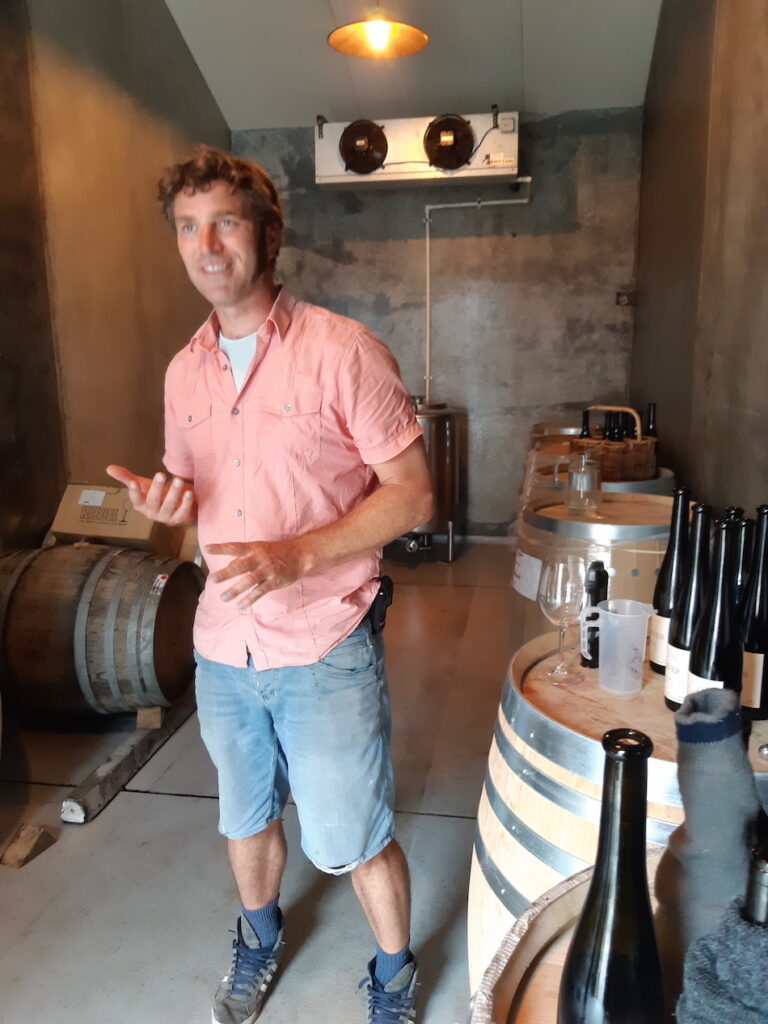
So – Pinot Gris! We are loving this. It’s almost like we wished we made these steps of progression – how we see it – in the Pinot Noir as well. This evolution is a direction we’d love to take the Pinot on as well. Maybe it is less obvious in the Pinot – the steps we are taking? With the Gewurztraminer and Pinot Gris we see more reward for those steps. With the Pinot it is perhaps more hidden behind the structure”.
As a regular drinker of the wines, I would say that the progression I’ve seen is quite dramatic – and perhaps more obvious even in the Pinots? I mean, I am talking about degrees of fineness – really fine-tuning – but, to my palate, quite obvious. The aromatics, the increase in length, the balance. Big is not better.
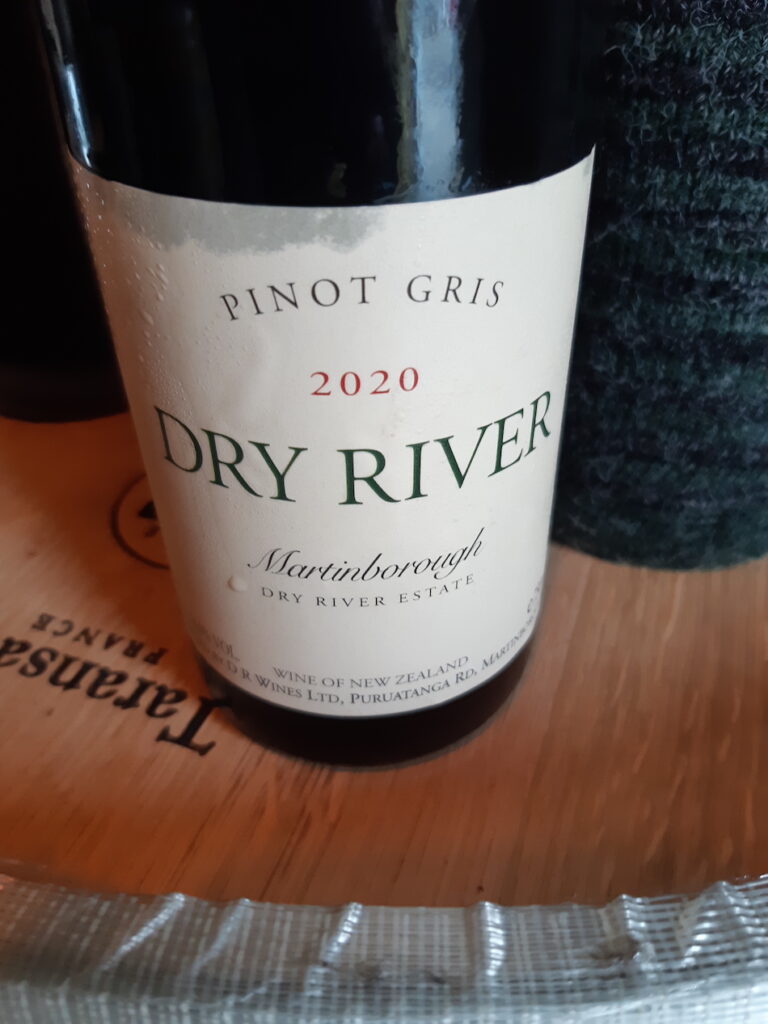
Wilco seems happy to hear this. “Oh, I’m so pleased. Neil would never really say that, but his progression out of the 90s into 2000s and then now – it is definitely the direction in which he went. Bigger, bolder. He started with finesse and then he was chasing the light.
We talk a lot about ‘How do we see Pinot?’ Is it typicity? What i think is really important is that when you taste a wine you have a ‘wow factor’ and you may not immediately think ‘this is Pinot Gris’ but you immediately think ‘this is an amazing wine’. That is the pre-requisite of a wine. In some ways it doesn’t matter what variety it is”.
But to put Martinborough on the map – one way to do that was to make blockbusters. Definitely a way of getting attraction. And then the guys in Central did the same thing. And the influence of Robert Parker – where bigger is always best. When I look at Italian wine, you just think ‘Gosh this is good’ and you don’t know or much care what the varietal is?
The Pinot Gris we taste has lovely, yeast and lees characters, and a cinnamon bun, pastry note too, hiding amongst the texture – that’s when and where I’m finding it. I ask whether the slow fermentation helps that?
Wilco: “Again, that really is the time. We’d love to give it even more time. But we need to start selling the wines! Ideally we’d keep it longer, in large format barrels. I do think that generally Pinot Gris outlasts something like Chardonnay. A lot of people just don’t think about Pinot Gris in that way. If you go into some more serious Pinot Gris – especially say Alsace, the wines have so much body, phenolics and tannin that they have a tremendous capacity to evolve and age. Now, we’ll try four wines. They’re all unfiltered and unfined, and there is a theme. I’ll push you through it”.
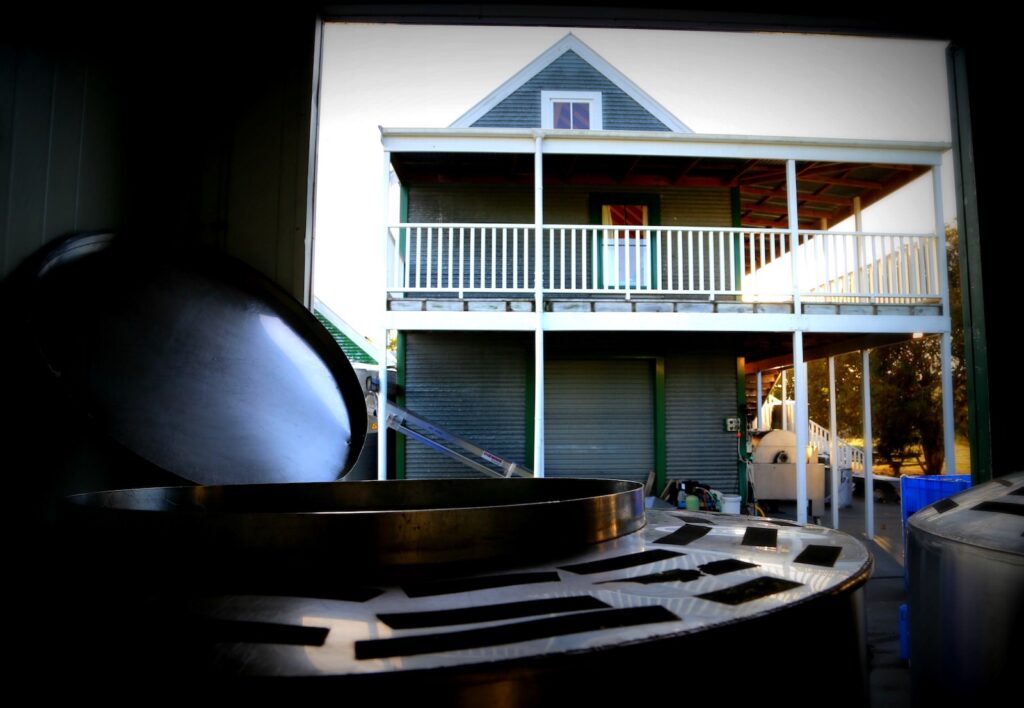
I find the last one is quite different from the first in terms of style, but I’d say that there is a tangible identity about the fruit and the provenance. I suggest that perhaps the theme is that they are all made by you guys from the same vineyard, and they’re assessing the changes in the wine that they’ve been making along the way?
Wilco: “Yes! Our winemaking style and techniques have changed quite a bit, but the vineyard is the same. They are all Dry River Estate single vineyard Pinots. The last one was the ’13. Then there was the ’14, ’17 and the first one that you tried was an ’18. There was quite an old school approach before – shorter skin times; and now there is slower fermentation, different approach to extraction – a lot lower now, but having a slower extraction rather than a forced extraction with punch-downs and pump overs.
What we wanted to see here – we were thinking about winemaking techniques definitely, but then we also wanted to see the effect of the vineyard. What is our influence on one site, in terms of our evolution. How we are growing and treating the vines. Getting rid of any other noise and just look at Dry River Estate itself. And the impact for example of white reflective mulch?”
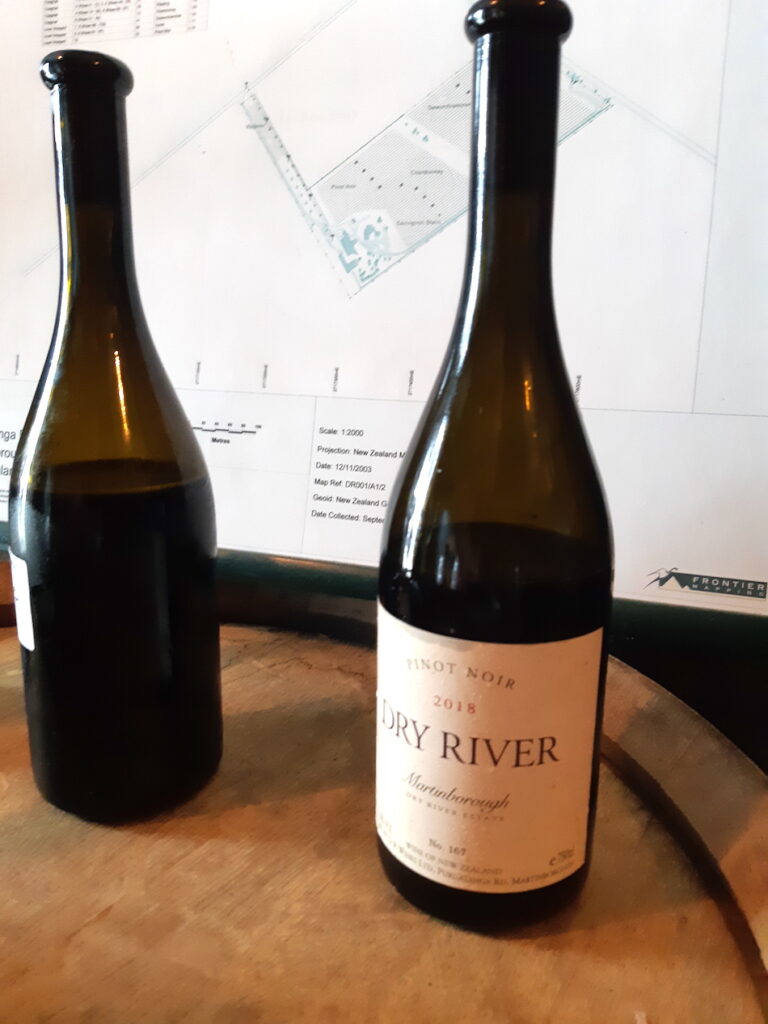
So, I want to know – what do they notice?
Again, Wilco is easy with an answer – “We are so much happier now. The intensity of some of the aromatics, but also for me, I enjoy the fruit a lot more. A bit more ‘decaying fruit’. I can see why now, eight years on, people like that wine. But for me, I so clearly remember this wine in the winery and it was exactly what i was trying to see in a Pinot. I really do hope that in five years time, that this (the ’18) is a better version of that (the ’13).It’s fascinating. We can’t just be sitting here making wines. We have to think about it. How do we evolve and progress and break through the mould”.
Now Sam has a question, not really for me, but one that he is asking out loud… “What is a Dry River wine? Like a Rousseau or a Daggenau. Those wines are signature of not only a beautiful terroir of where they’re from, but they have a style”.
I answer with another question: “What do you think the customer is going to think of what you’re doing though? I understand that you’re happy with his development and it’s what you want to do with it – but what about the consumer who has being buying Dry River for twenty years will think”?
Wilco: “So the whole approach to it all was like small steps. Not that in one night we’re going to change things. But what I think really had to happen was an evolution of how we go, with the time. We are moving into biodynamic viticulture and we have to think like that as well. If that changes and we’re staying the same, and trying to hold on to that ‘this is what Neil used to do’ philosophy, then we’re probably going to lose a lot of customers as well. The idea of progressing and listening to feedback.
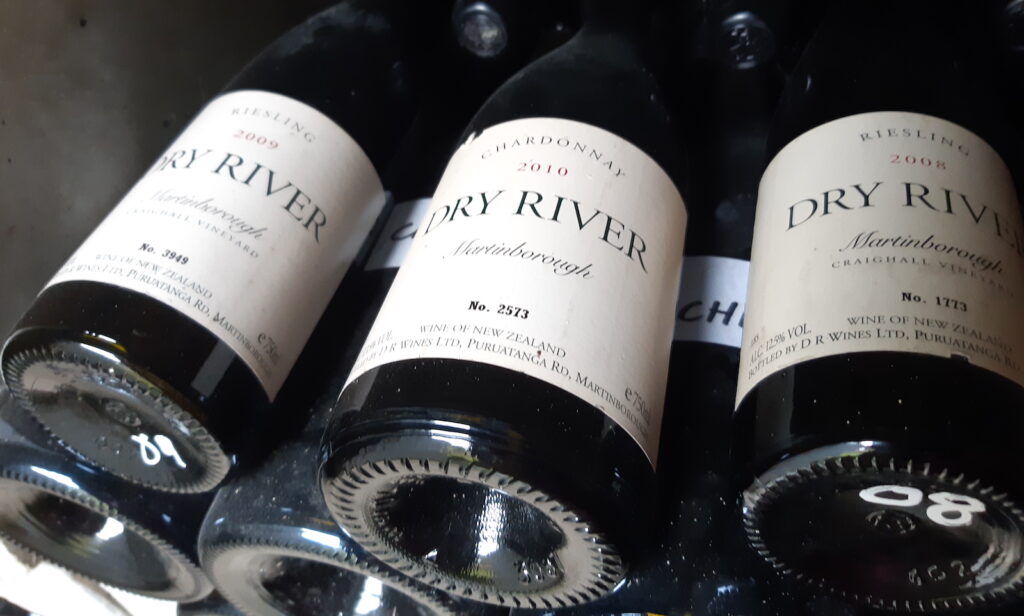
The best ever example was a Chardonnay tasting we did a few years back in Auckland. We were always about no malo, and someone made a comment “but the wines are the same – it hasn’t really evolved”. I think the malic acid stood out so much that people couldn’t see how they had actually evolved, so I though ‘that’s a really good comment’”.
Sometimes it only takes a single comment like that to set a line of dominos falling, that leads to real breakthroughs. Curt Thomas is a keen drinker of Dry River – and has some background on what’s been going on…“One of the things that Wilco did behind the scenes, about 18 months ago, was that he picked out a selection of customers, and I was one of them. We were on the phone for about 45 minutes. Just about Dry River and what they were and what they might be in the future, and how I felt about that. If they introduced different varieties for example, or refine their offering. I thought that was incredibly respectful of their customers”.
I make the point that, really, everyone has to stop and think about what they’re doing and why, to stay relevant.
The final point comes from Wilco, again: “Like, if you have a Cellar Door. The worst thing you can do is to put someone in there who hasn’t got any connection to the business. You’re at the coal face and you have to get to know what people say, and like, and the feedback. You need to hear that. And across all categories, of what people have to say. That question – ‘Why am I here and why am I doing this?’ that’s the thing that keeps you going, right? Like Sam coming on board. His role is quite different from the role that in the past. He’s a lot more invested and involved in the really critical decisions. It’s better to get all that input”.
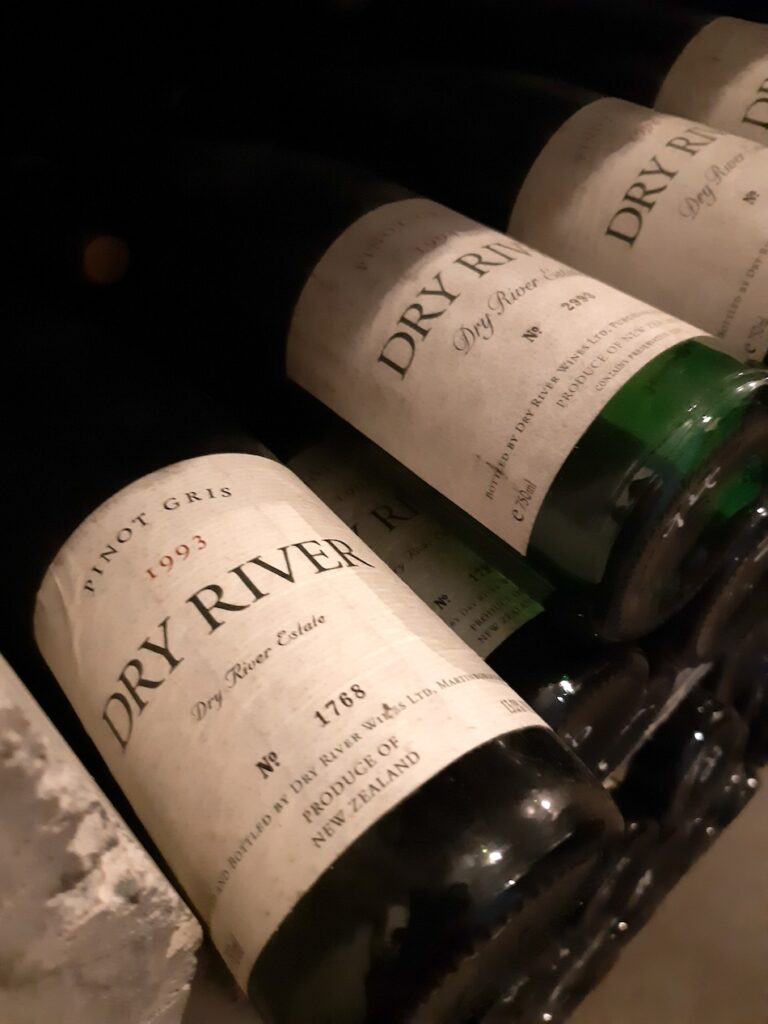

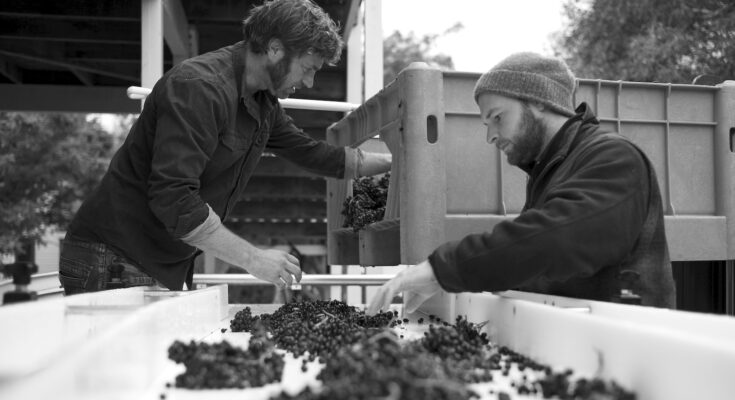
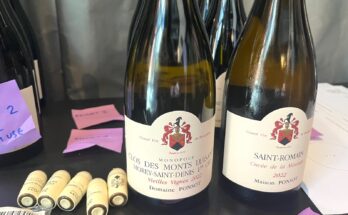
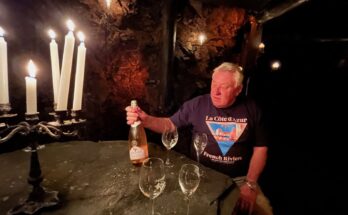
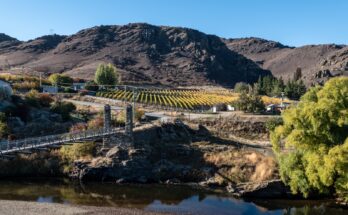
One Comment on “A visit to Dry River Estate, Martinborough”